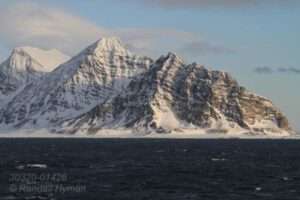
Methane: Arctic Promise and Peril
Consigned to my bunk all night by gut-wrenching seas, I wistfully thought back to terra firma on mainland Norway a few days earlier. Before boarding the University of Tromsø’s research ship, R/V Helmer Hanssen,

Consigned to my bunk all night by gut-wrenching seas, I wistfully thought back to terra firma on mainland Norway a few days earlier. Before boarding the University of Tromsø’s research ship, R/V Helmer Hanssen,
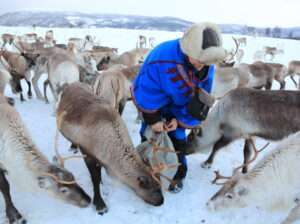
Female reindeer stands protectively beside her calf. Text and photos by Randall Hyman TROMSØ, NORWAY – “When I got married two years ago, we invited 1400 people,” Berit Oskal-Somby told me as we stood in an icy coastal pasture in northern Norway surrounded by 1500
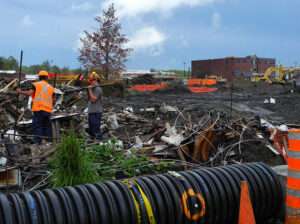
U.S. regulators knew they had to act fast. A train hauling 2 million gallons of crude oil from North Dakota had exploded in the Canadian town of Lac-Megantic, killing 47 people. Now they had to assure Americans a similar disaster wouldn’t happen south of the border, where the U.S. oil boom is sending
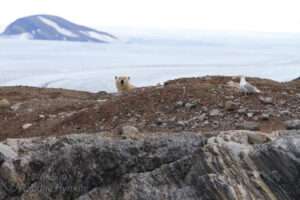
“What you are looking at,” lamented marine biologist Haakon Hop of the Norwegian Polar Institute, “is the melting of the Arctic Ocean.”
Nearing 82 degrees north latitude aboard the research ship RV Lance in late July 2013, we were just 500 miles shy of the North Pole.
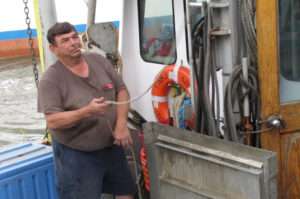
The fishermen in the room are standing. More prone to long hours on their feet than sitting, they stick out at these meetings, rising after a few hours, hovering behind chairs. This is the North Pacific Fishery Management Council. One of eight regional councils that